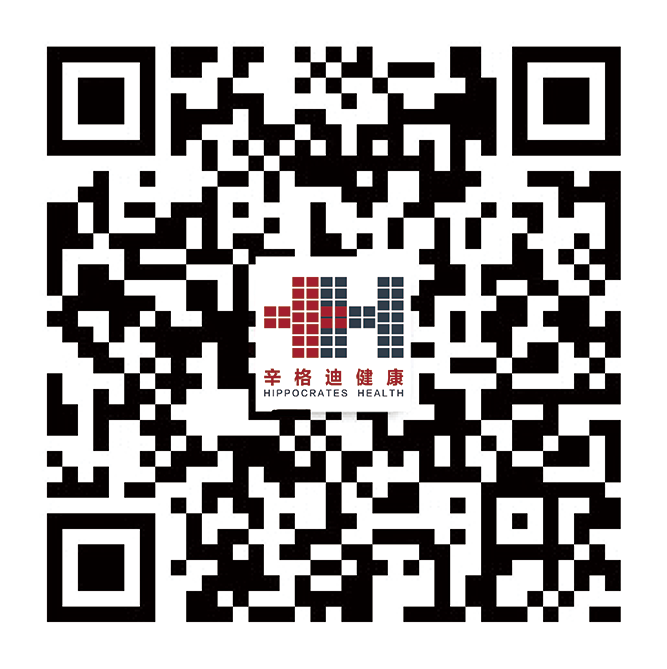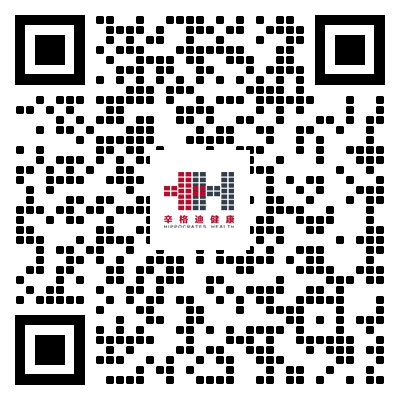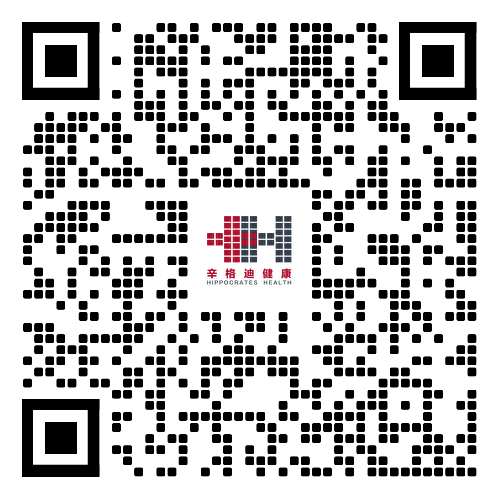GMP Training Management (TMS) Project of Zhejiang Provincial Drug Inspection Center
I. Project Background: Aligning with Regulatory Requirements to Enhance Inspection Professionalism
With the rapid development of the pharmaceutical industry, the state has imposed increasingly strict regulatory requirements on pharmaceutical production, distribution, and other links. As a core standard for ensuring pharmaceutical quality and safety, GMP (Good Manufacturing Practice) has become a top priority in pharmaceutical inspection work.
Zhejiang Provincial Drug Inspection Center (hereinafter referred to as the "Center"), as a provincial-level pharmaceutical regulatory authority, undertakes the important responsibility of supervisory inspection over pharmaceutical production and distribution across the province. However, in previous inspection work, the Center has gradually exposed some issues in GMP training:
- Lack of systematic training plans;
- Scattered training resources that are difficult to integrate;
- Imprecise evaluation of training effects, which fails to comprehensively and timely reflect inspectors' understanding of GMP regulations and the improvement of their practical inspection capabilities.
- These issues not only affect the professional competence of inspectors but also pose potential risks to the effectiveness of pharmaceutical supervision across the province.
- To better align with regulatory requirements and ensure the scientificity, standardization, and effectiveness of inspection work, the Center has decided to introduce advanced training management concepts and technologies, and cooperate with Xingedi to build a brand-new GMP training management system — the GMP Training Management (TMS) Project.
II. Project Objectives: Focusing Precisely to Comprehensively Enhance Inspectors' Professional Competence
The GMP Training Management (TMS) Project of the Center has clear and specific objectives. The primary objective is to establish a comprehensive training management platform that covers all inspectors of the Center and all positions related to GMP inspection. Through this platform, the following goals will be achieved:
- Precise formulation of training plans;
- Efficient integration and sharing of training resources;
- Real-time monitoring of the training process;
- Scientific evaluation of training effects.
- Specifically:
- In terms of training plans: The TMS Project will develop a personalized training curriculum system based on the responsibilities and needs of different positions, ensuring that each inspector receives training content closely related to their work.
- In terms of training resource integration: It will organically integrate various resources, including internal expert experience and external professional courses, breaking down information silos and enabling inspectors to easily access the learning materials they need.
- In terms of training process monitoring: It will use information technology to track indicators such as inspectors' learning progress and participation in real time, identify problems promptly, and make adjustments.
- In terms of training effect evaluation: A diversified evaluation method will be adopted, focusing not only on inspectors' mastery of theoretical knowledge but also on the assessment of their practical inspection capabilities, ensuring that training can truly translate into improved professional competence of inspectors.
III. Project Implementation: Adopting Multiple Measures to Steadily Promote Project Landing
(I) Establishing a Professional Team
The Center has selected core members from multiple departments, including human resources, quality management, and information technology, to form an inter-departmental GMP Training Management (TMS) Project team. Team members have clear responsibilities and cooperate with each other to ensure that all links of the project are professionally controlled and advanced.
(II) Needs Survey and Analysis
The project team has conducted in-depth visits to various departments of the Center, communicated face-to-face with inspectors in different positions, and understood their actual training needs, pain points, as well as opinions and suggestions on the existing training management model. At the same time, it has collected training management experience from other excellent regulatory institutions in the industry to provide a reference for the project design.
(III) System Selection and Customization
Based on the results of the needs survey, the project team conducted a detailed evaluation and comparison of multiple training management systems on the market. Finally, it selected a TMS with powerful functions, high flexibility, and the ability to meet the Center's specific needs, and carried out customized development according to the Center's actual business processes and GMP inspection requirements.
(IV) Integration of Training Resources and Curriculum Development
On one hand, it has organized and optimized the existing training materials of the Center, imported them into the TMS, and realized centralized management and sharing of resources. On the other hand, it has organized internal experts and external professional institutions to develop a series of targeted GMP training courses for the needs of different positions, including online courses, offline practical courses, and other forms.
(V) Staff Training and Promotion
Before the launch of the TMS, training on system operation was provided to all inspectors to ensure that they could proficiently use the system for learning and training management. At the same time, through internal communication channels such as center announcements, internal emails, and WeChat groups, the significance, objectives, and usage methods of the project were widely promoted to improve inspectors' participation and enthusiasm.
IV. Project Achievements: Remarkable Results to Support High-Quality Development of Regulatory Work
(I) Significant Improvement in Training Efficiency
Through the TMS, the time for formulating training plans has been effectively shortened, and the time for searching and using training resources has also been reduced accordingly. Inspectors can learn anytime and anywhere via computers or mobile devices, breaking the limitations of time and space, and the training participation rate has been greatly increased.
(II) Notable Enhancement in Training Effects
The diversified training effect evaluation method makes the evaluation more scientific and accurate. By analyzing training effect data, the training content and methods are adjusted in a targeted manner. As a result, inspectors' understanding and mastery of GMP regulations have been significantly improved, and compliance errors in practical inspections have been greatly reduced.
(III) Marked Upgrade in Regulatory Quality
With the improvement of inspectors' mastery of GMP regulations and inspection skills, the quality management level of the Center in pharmaceutical inspection has been significantly enhanced. The scientificity and standardization of inspection work have been strengthened, the accuracy of inspection results has been greatly promoted, and the regulatory risks caused by inspection errors have been effectively reduced.
(IV) Promotion of Team Building
The implementation of the GMP Training Management (TMS) Project has created a good learning atmosphere and promoted communication and cooperation among inspectors. Inspectors' sense of identity and belonging to the Center have been enhanced, further promoting the Center's team building.
V. Future Outlook: Continuous Optimization to Lead the New Trend of Industry Regulatory Training
Although the GMP Training Management (TMS) Project of the Center has achieved significant phased results, the Center is not satisfied with the status quo. In the future, the Center will continue to pay attention to industry development trends and changes in inspectors' needs, and continuously optimize and upgrade the TMS. For example:
- Introduce artificial intelligence technology to realize personalized recommendation of training content;
- Strengthen cooperation with external training resources to broaden inspectors' learning horizons;
- Further improve the training effect evaluation system and more closely link training achievements with inspectors' career development.
- Through continuous efforts and innovation, the Center is expected to set a new benchmark in the field of training management for the pharmaceutical regulatory industry, and contribute to promoting the high-quality development of pharmaceutical regulatory work across the province. It is believed that with the continuous support of the GMP Training Management (TMS) Project, the Center will move forward steadily and further on the path of regulatory work in the future, and achieve more brilliant results!
VI. Associated Solutions
- Solution 1: Hippocrates GMP Training Management System (TMS)
- Solution 2: Hippocrates GMP Document Management System (DMS)Note: DMS stands for Document Management System, a core system for standardized management of pharmaceutical documents.
VII. Associated Cases
- Case 1: GMP Training Management (TMS) Project of Suzhou Fushilai Pharmaceutical Co., Ltd.
- Case 2: GMP Training Management (TMS) Project of Shijiazhuang Yiling Pharmaceutical Co., Ltd.



